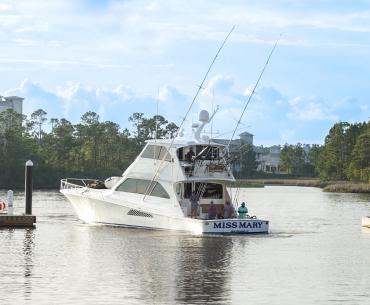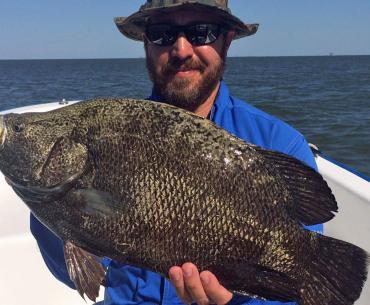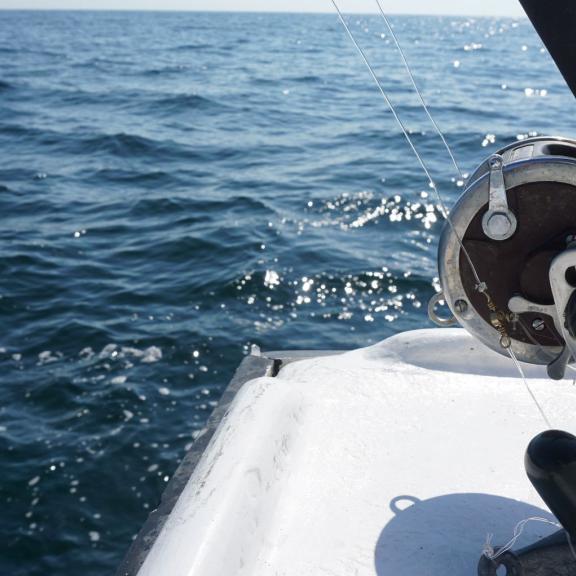
Many anglers take a break during the colder months after a long, successful fishing season. That provides a chance to take care of your rods and reels to ensure that everything will be in top-notch order when you hit the water again. Of course, you’ll want to wash all your rods and reels down with fresh water, but to keep your gear in the best shape, there are a few more steps you should take. Use the tips below to take stock of your angling gear before you head out onto the water in spring.
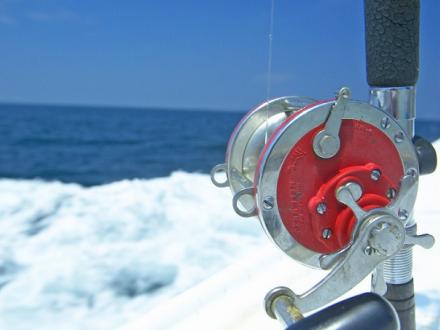
Examine Your Rods
Take time to examine your fishing gear closely. Sometimes, some of our fishing equipment may get tossed around a bit in the back of a truck during a bumpy boat ride, and little dings and nicks can occur. I learned the hard way about having a nick in a rod guide. A rod guide had a little nick, which wasn’t discovered until I was 30 minutes into a fight with an estimated 150-pound tarpon. The giant fish had quit jumping, and I gained a little line with each pump and wind cycle. Then, all of a sudden, the line let go. We discovered the line had been fraying little by little when it came in contact with that nick in the guide. The rod was taken out of action, but the damage was done. I didn’t get another bite that day.
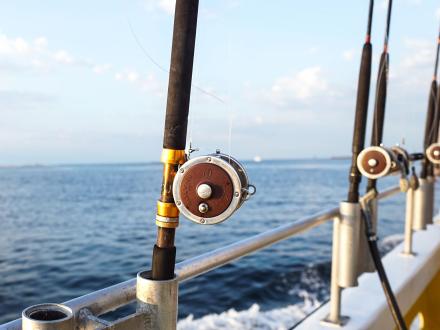
Rod Guide Test
Of course, rod guides have come a long way, from the old metal guides to the first ceramic guides from Fuji 40 years ago. Now, anglers can even find titanium guides. As much progress has been made, it’s still wise to check those rod guides each season, and probably the best way is to use some kind of fine material, like one leg from a pair of pantyhose that can be sacrificed. Thread the hose through each eye on the rod and run it through several times at different angles to cover the entire guide surface. Any imperfections will be revealed when the fine material snags or pulls nylon strings. Mark that rod guide and replace it before you use it again.
If you don’t want to repair it yourself, take it to one of the numerous bait shop/tackle stores on Alabama’s Beaches, like J&M Tackle, The Rod Room, or Sam’s Stop & Shop, to get it repaired professionally.
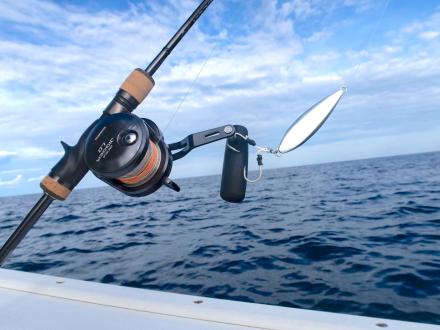
Fishing Reel Maintenance
Next up is reel maintenance, and those same tackle shops can help you with parts if needed to ensure your reel is functioning properly. I had one of my favorite baitcasting reels that needed attention. A $12 bearing brought it back to life, and I still use it regularly.
On baitcasting reels, ensure the worm gear is properly greased so that it moves the line guide smoothly from side to side to keep the line evenly distributed on the spool. Turn the reel upside down and look at the bottom of the line guide. You should see a small shaft with grooves that guide the levelwind back and forth across the spool. Apply a small amount of grease to the worm gear and turn the reel handle multiple times to ensure the grease has fully coated the worm gear and ensure the levelwind is working correctly. Sometimes, the pawl that fits into the groove will become worn. If the levelwind hangs up or doesn’t travel smoothly, it’s time to replace the pawl.
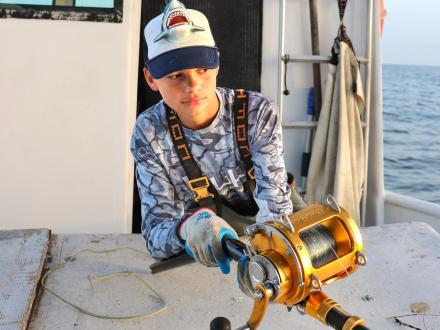
Spinning Reels
For spinning reels, I make sure the gears are greased and bearings oiled properly, seal them back up, and check for proper operation. Seldom do new spinning reels come with enough grease on the bearings. Don’t overdo it, but make sure plenty of high-quality grease covers the gears.
I check all the drag systems on all the reels. If you have a drag prone to sticking, it’s time to disassemble and check the components. A sticking drag could result in a lost fish by breaking the line or tearing the hook out of the fish’s mouth. On spinning reels, remove the spool and take out the drag components, making sure you can reassemble them in the correct order. If any component looks worn or damaged, replace it. Most reels come with carbon or ceramic drag washers that don’t need lubrication. If you have cloth or felt washers, you need just a touch of grease. I also back off the drag during the offseason to ensure they don’t stick.
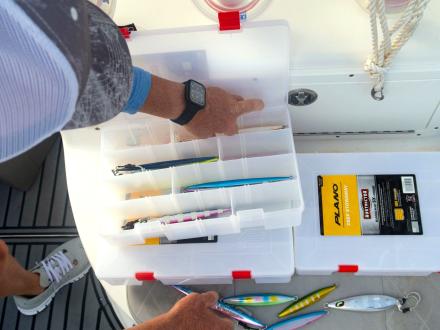
Baitcasters
On baitcasters, the process of removing the drag components is a little more involved by removing the handle and side plate. Make sure to place the components on a flat surface in order so they can be reassembled. Check the drag and clean under the wash on the main gear. Reassemble and enjoy your freshly maintained reel.
Get all your tackle in top shape and enjoy wetting a line as soon as possible in the Alabama Gulf Coast waters that are teeming with a wide variety of saltwater fish species.



